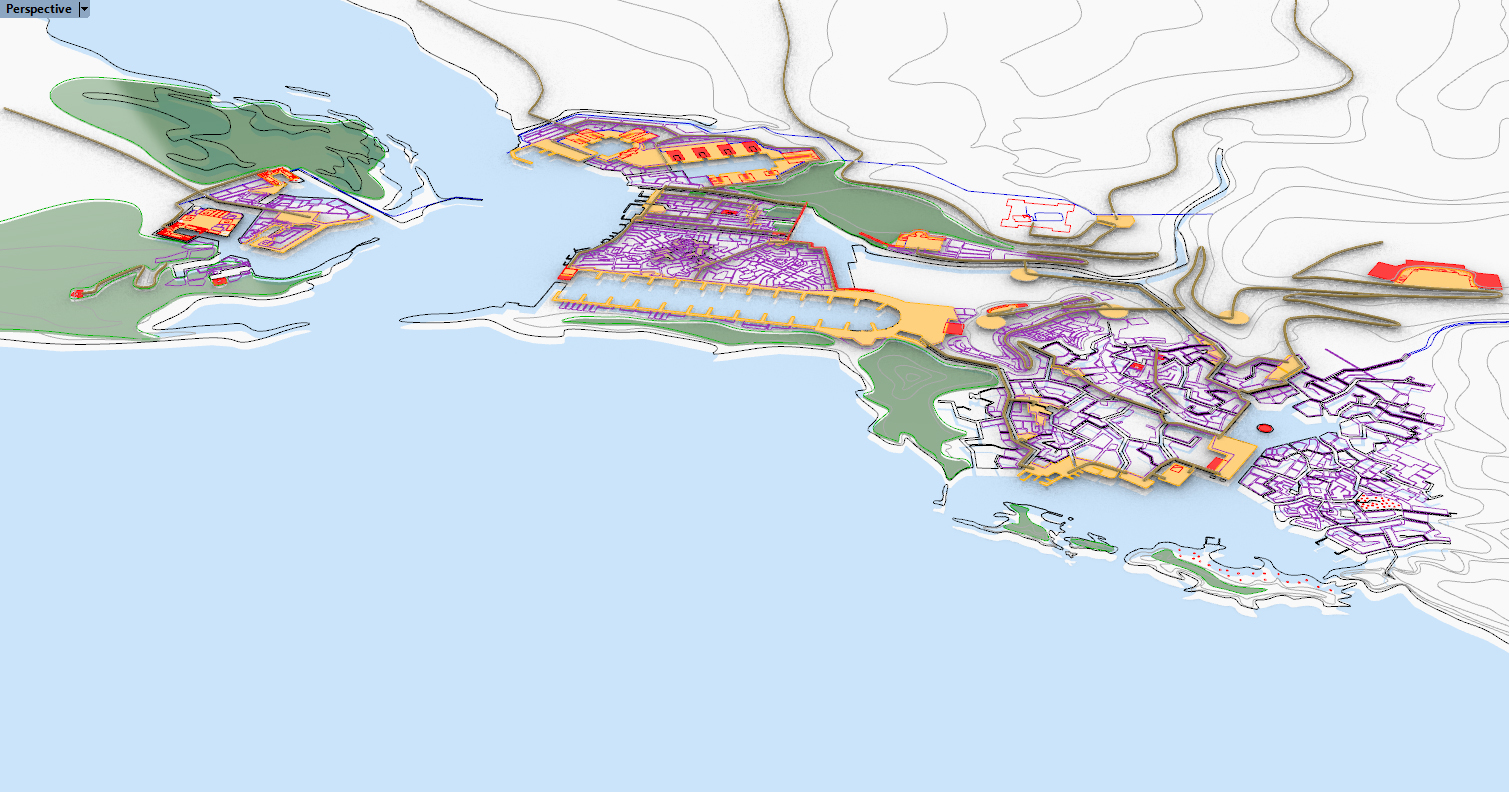
Although the Asteanic Empire never conquered Kaliland, it doesn’t mean that Asteanic merchants didn’t find their way to this distant world. In fact, the entire former Itza Sea Empire was built upon trade with the Asteanic merchants.
During the Empire’s era, the Itza kings held almost complete control over trade with the Asteani within their realm. They primarily bought iron and tin for bronze casting and, in return, sold them precious goods collected from their tribes: jade, obsidian, valuable gemstones, pearls, precious coral, ebony, as well as hides and ivory from exotic animals. The Itza kings were esteemed and loyal business partners for the Asteanic merchants.
Trade thrived, and to support it, the kings of Irongate allocated land in the marshy and mangrove areas on the eastern bank of the Murkway River to the Asteanic merchant houses. This allowed them to establish their trade halls and ports there. Following the locals, the Kali, and the southern Orenic people, Irongate is still home to a significant Asteanic population. While the majority are Southern-Asteanic, it’s not uncommon to encounter Northern-Asteanic people as well.

The Asteanic enclave within the city was always complex, consisting of different fortifications, palazzos and feitorias belonging to various great houses. In terms of social structure, it resembled the Kali neighbourhoods, which were also divided into territories of various tribes. The large Asteanic trading houses often competed with each other or even engaged in open war. Centuries ago, during the height of the vast Asteanic Empire, these conflicts were resolved in the city by an Imperial-appointed High-Magistrate of Kaliland. However, with the fall of the Empire, the existence of such a universally recognized figure among all successor states became impossible. In recent centuries, King of Irongate personally resolved disputes among Asteanic trading houses. Consequently, there was no single leader in the Asteanic colony of Irongate. One could even say that, through the judiciary, the colony fell directly under the rule of the King of Irongate.
The fall of the Itza Sea Empire had a devastating impact on overseas trade in Irongate. While Irongate’s interest in Asteanic goods like iron and tin remained, without tribute to the king, there was almost nothing to offer the Asteanic merchants in return. Of course, one cannot speak in absolutes; Asteanic merchants still operate in the city, and the enclave is by no means deserted. However, many palazzos and trade halls belonging to merchant houses from Thefna and other distant Asteanic regions have been abandoned. The Imperial Bank and other important institutions have departed, and the jungle is gradually reclaiming its territory. Only merchants from the nearby Republic of Five Houses and the Orenic Sumatra Republic remain active in Irongate.
One of the few impressive new buildings in all of Irongate is the Feitoria la Birra. With the fall of the Empire, Irongate faced a food shortage. A city with 100 000 residents couldn’t sustain itself only with its hinterland and Turtletown fishermen. About a quarter of the required food had to be imported, and this was demanded as tribute during the Empire’s time. After the Empire’s fall, this practice was no longer possible. One of the five houses of the Republic of Five Houses, la Birra, stepped in immediately to address the food shortage. Their extensive farmlands not only sustain Ostia, the capital of the Republic, but are so vast and fertile that they can even supply two major cities of the world. La Birra immediately moved to fill the gap that had emerged in the market and constructed an impressive fortified Feitoria to oversee the entire operation.
Feitoria la Birra has since become the unofficial center of the enclave, led by Princess Eudora la Birra, the daughter of la Birra’s house leader, who serves as an unofficial leader of the Five Houses Republic merchants in Irongate. She has also managed to maintain relatively neutral relations with the Sumatra Republic merchants.
Feitoria la Birra has since evolved into the unofficial heart of the enclave, and its director, Princess Eudora la Birra, the daughter of the nillwring (leader) of the la Birra house, serves as the informal leader of the Republic of Five Houses’ merchants operating here. She has also successfully maintained relatively neutral relations with the merchants of the Sumatra Republic.



























Leave a Reply